Japan Prime Minister Shinzo Abe said in a Nikkei Asian Review interview that while, BoJ hasn’t reached the 2% inflation target yet, Japan is “no longer in deflation”. And Abe emphasized “what we are really focused on is employment.” He outlined a plan to overhaul the social security system for the new three years.
Abe intend to raise retirement age beyond 65. And he said “more labor participation would boost economic growth, raise tax revenue and generate more social security premium receipts.” The first year of his next three year term will focus on labor issues. Pension and medical care system will be tackled in the following two years.
Additionally, Abe pledged to ease the impact of the planned sales take hikes, from 8% to 10% with “bold countermeasures”.
He also played down the threats of US trade policy and said “the U.S. and Japan share a broader goal of expanding bilateral trade and investment for the benefit of both countries and achieving a free and open Indo-Pacific based on fair trade.”
Abe will compete with former Defense Minister Shigeru Ishiba in a ruling party leadership contest on September 20.




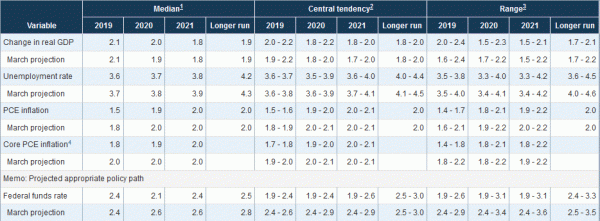
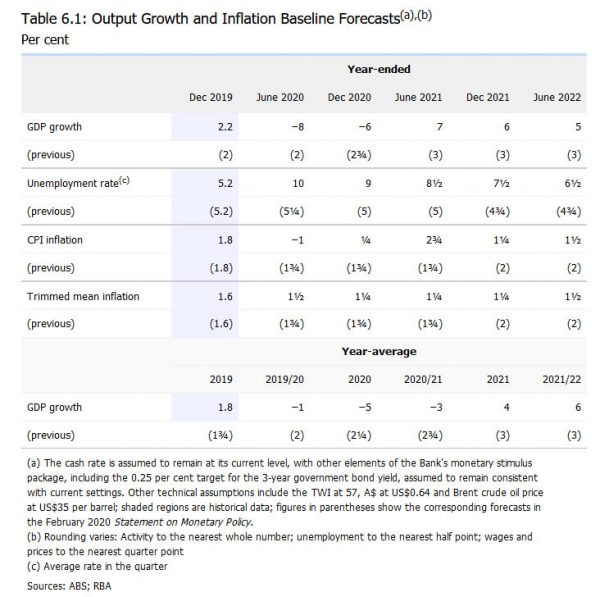

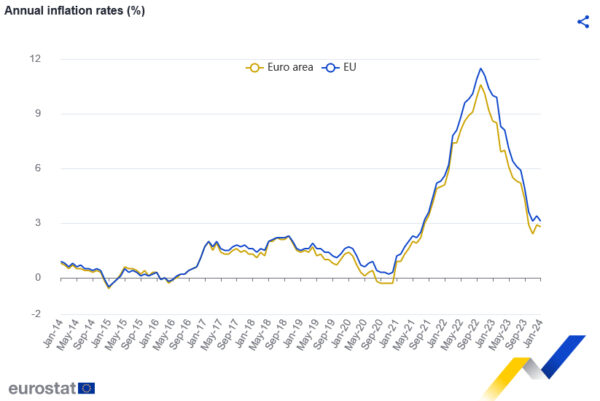
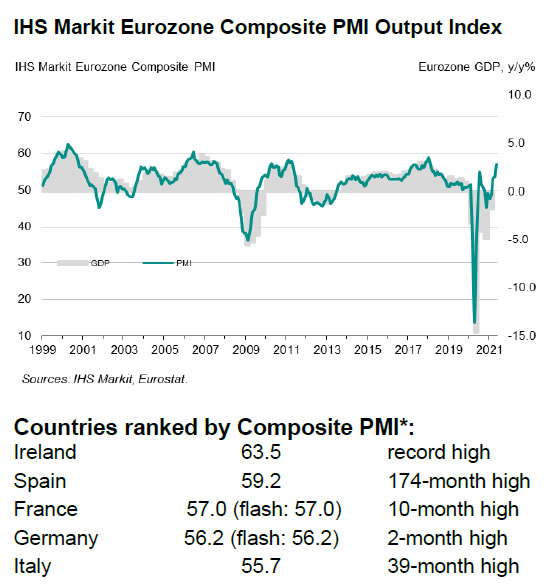
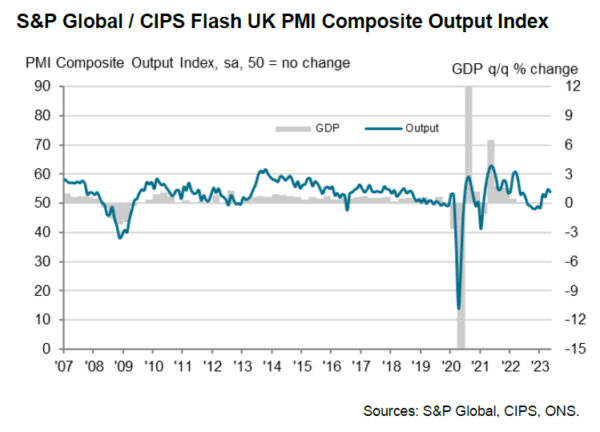
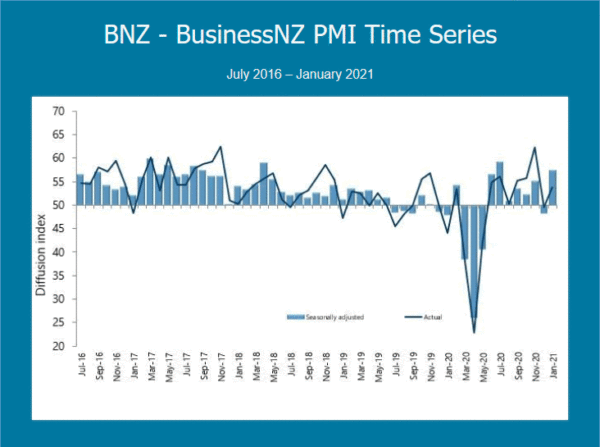
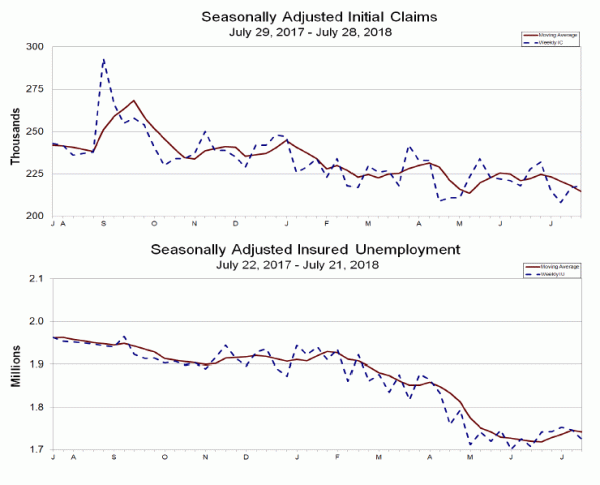
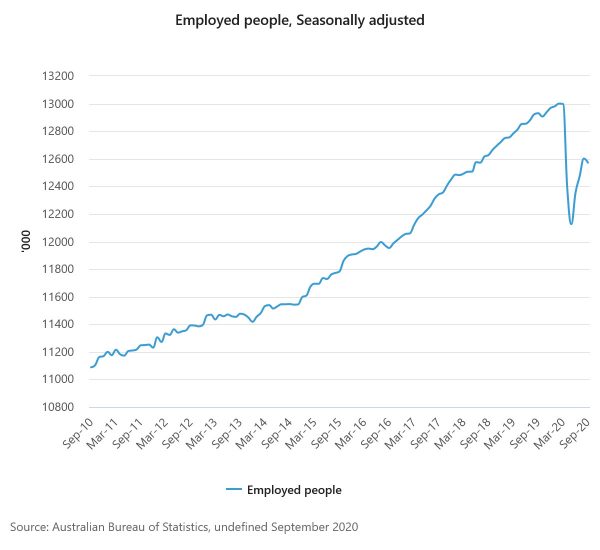
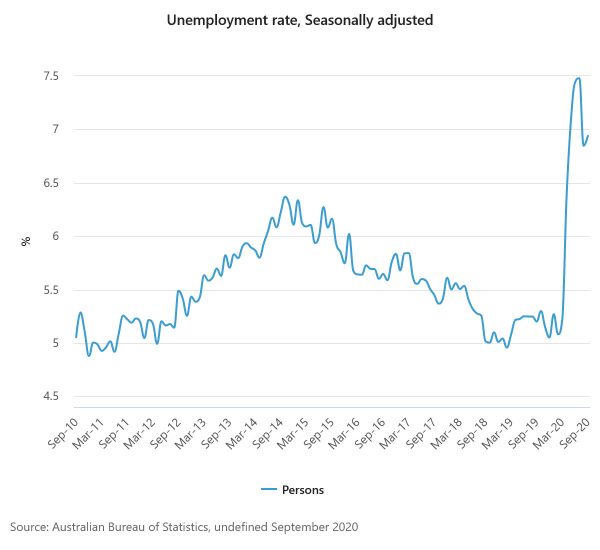

Sterling shrugs stellar UK retail sales, awaits BoE
UK retail sales came in stronger than expected in November. But the pound paid little attention to the data, as BoE rate decision looms. Also, Sterling is overwhelmed by strength of Euro and Swiss Franc, and selloff in Dollar.
ONS noted that
“retailers reported strong growth on the month due to Black Friday promotions in November, which continues the shifting pattern in consumer spending to sales occurring earlier in the year”.
Full release here.
Suggested readings on BoE: